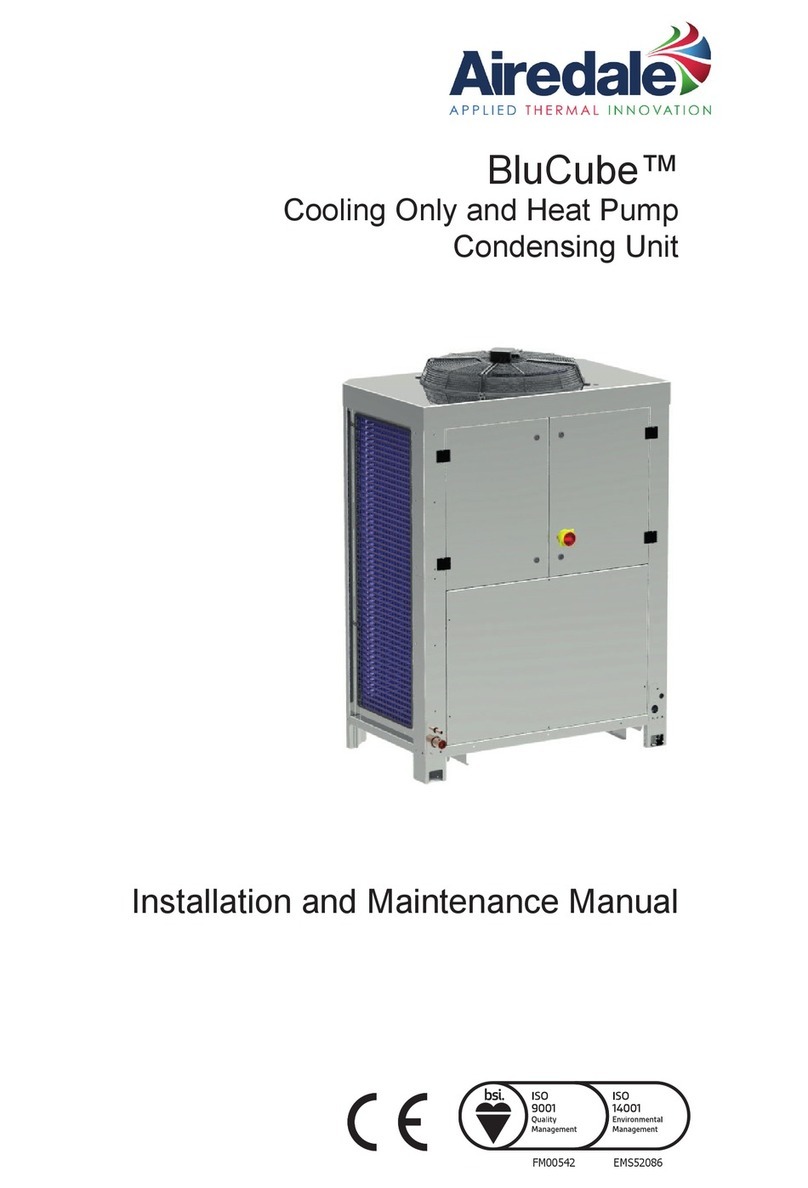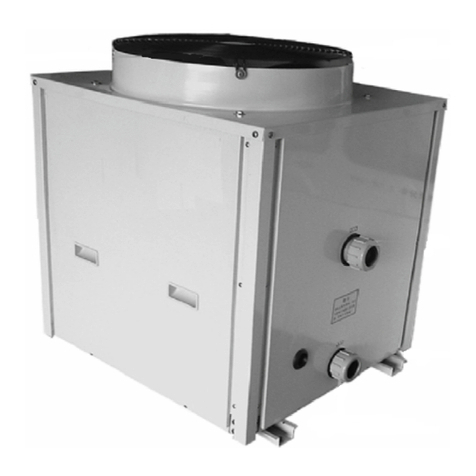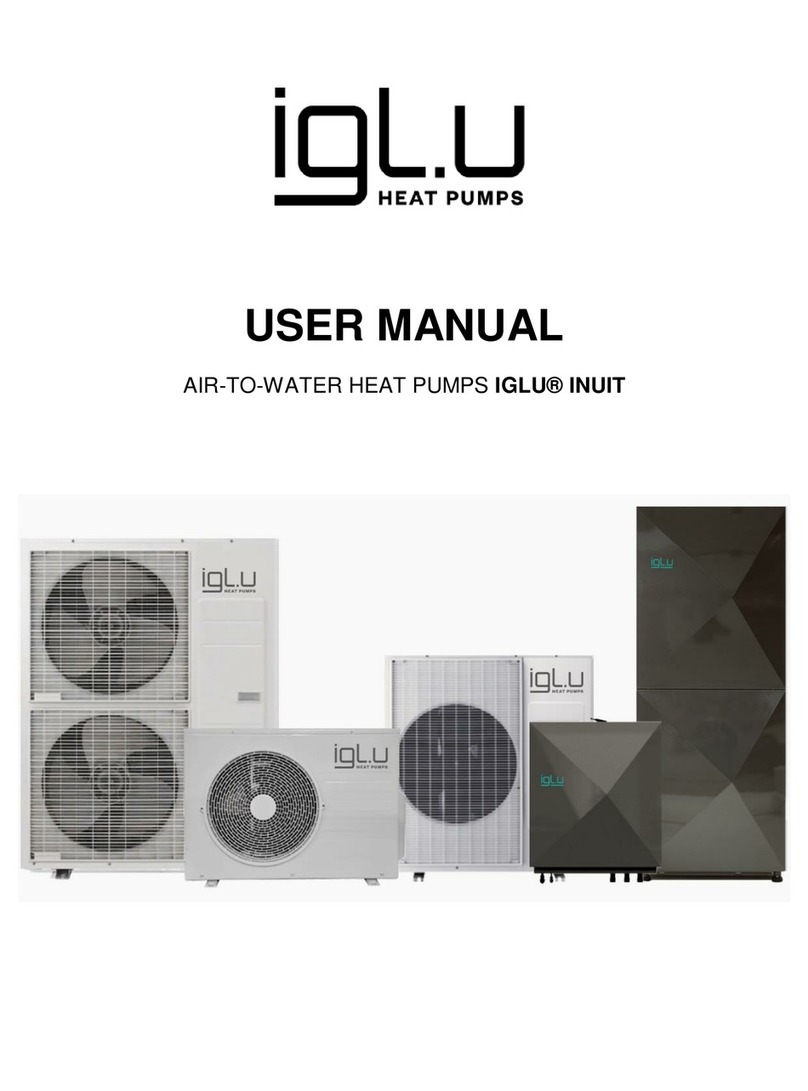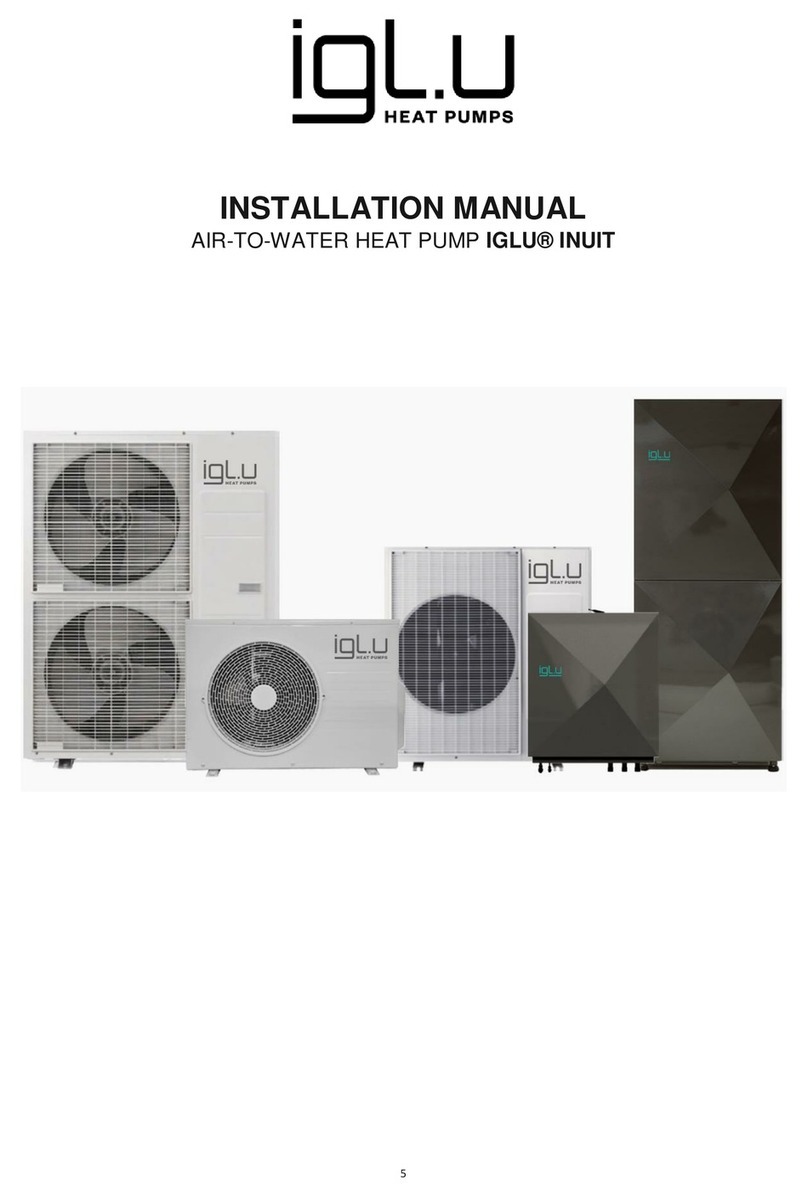
2
Table of Contents
INTRODUCTION..........................................................................................................................4
PURPOSE....................................................................................................................................4
LIABILITY ....................................................................................................................................4
WARRANTY.................................................................................................................................4
SAFETY .......................................................................................................................................5
PRODUCT PACKAGING AND TRANSPORTATION...................................................................5
SELECTION OF THE INSTALLATION PLACE ...........................................................................6
PRELIMINARY PREPARATION OF THE PIPELINES.................................................................6
OUTDOOR CIRCUIT....................................................................................................................6
Installation and filling .............................................................................................................6
Filling and circulating unit......................................................................................................6
Automatic air release valves..................................................................................................7
Outdoor circuit pump..............................................................................................................7
INTERNAL CIRCUIT....................................................................................................................7
Heating system filling.............................................................................................................7
Flow through the heating system ..........................................................................................8
Heating system filter and valves............................................................................................8
Internal circuit circulation pump............................................................................................8
Heating system rinsing and filling.........................................................................................8
THERMAL INSULATION .............................................................................................................9
ELECTRICAL CONNECTION WORKS........................................................................................9
Temperature sensors............................................................................................................10
Characteristics of temperature sensors NTC 10K ..............................................................10
Phase sequence relay...........................................................................................................10
Control panel.........................................................................................................................11
START OF OPERATION............................................................................................................11
HEAT PUMP ELECTRICAL CONNECTION DIAGRAM.............................................................11
ARRANGEMENT OF CONTROLS.............................................................................................13
HEAT PUMP CLASSIC CONNECTION DIAGRAM ...................................................................14
CONNECTION DIAGRAM FOR HEAT PUMP WITH PASSIVE COOLING................................15
HEATING SYSTEM WITH BUFFER CAPACITY........................................................................16
HEATING SYSTEM WITH PASSIVE COOLING AND BUFFER CAPACITY .............................17
Technical data of IGLU Aleut fixed capacity heat pumps......................................................18
Technical data of IGLU Aleut WT fixed capacity heat pump with water heater....................19
Technical data of IGLU Aleut 18 WTI variable capacity heat pump with integrated water heater
...................................................................................................................................................20
Annex No 1................................................................................................................................21






























